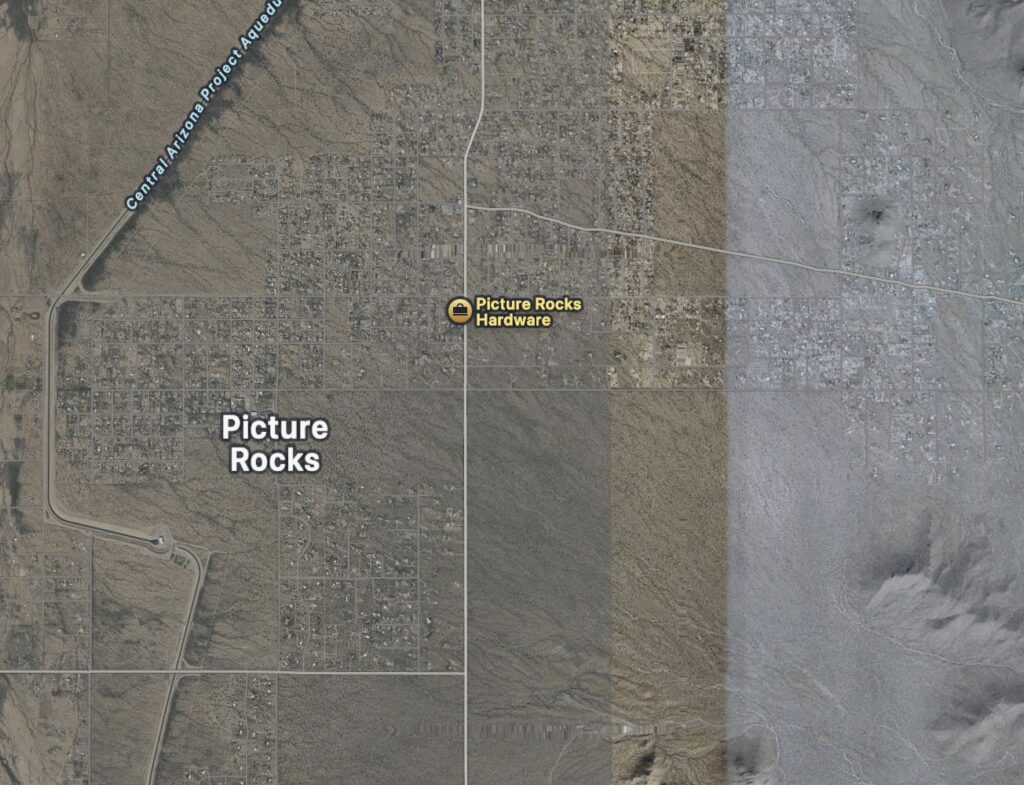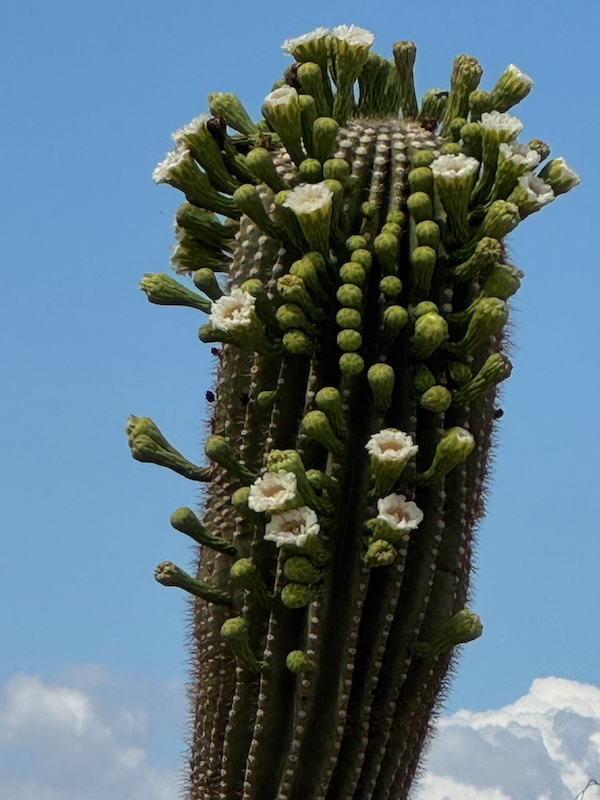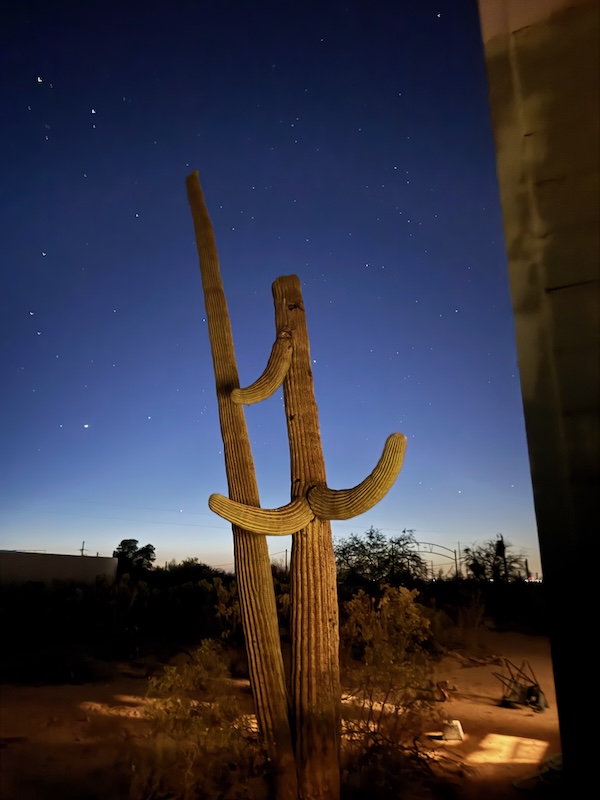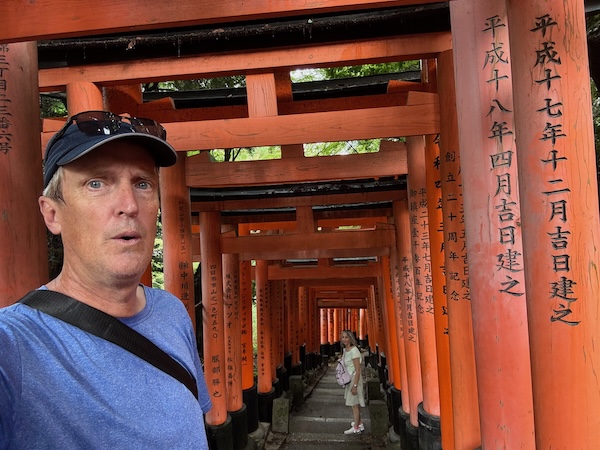What does it mean to belong—to a place, to a rhythm, to a story that doesn’t begin and end with people?

When someone recently asked, “Who’s your community out there in Arizona?” I paused.
Not because I didn’t have an answer, but because I didn’t have a neat one. I didn’t say a church group, or workplace, or friend circle. I said Ken and Barbie (yes, their real names). I said Craig across the way, and Steve 1, Steve 2, Steve 3. Theresa with her afternoon walks, sometimes accompanied by Nick. A few others. Enough to make the place feel known, if not always understood.
This is Picture Rocks—not quite a town, more like a scattered brushstroke of desert dwellings, a rhythm of comings and goings, a place where Google Maps shrugs and neighbors wave.
It isn’t always pretty. But it’s real. And maybe that’s the better kind of beautiful.
Community with a Spine

We didn’t just inherit human neighbors—we inherited saguaros. Some more than a century old, rooted deep and reaching tall. I might have named one Kevin—he bloomed early, generously, from his east-facing arm. I read that early bloomers sacrifice more: they offer pollen to the first round of pollinators—bats, bees, birds—without any promise of return.
And that stuck with me.
Because that’s what community does, too. It gives first. It reaches out.
Sometimes, things bloom. Sometimes, they don’t.
The saguaros don’t complain. They just adjust.
Neighbors Without Names
I used to think community was only human. But the longer we stay, the more I see otherwise.
The palo verdes humming with bees.
The cholla we curse and clear, but which shelters the pack rats.
The mourning doves perched like punctuation on a fence post.
The coyotes who remind us we are not the only ones awake.
They’re part of the rhythm now. They show up, too.
I’ve been reading A Literary Field Guide to the Sonoran Desert and The Saguaro Cactus: A Natural History, and in both, the landscape is treated not as scenery, but as voice. Not as backdrop, but as character.
And that’s what I’ve come to believe: not all neighbors speak.
But all of them say something, if we’re listening.
What We Try, What Fails, What Still Belongs
Not every conversation becomes a friendship. Not every bloom becomes fruit. Some things fall, wither, fade. There are beetles on the ground. Blooms that never caught the wind.
Still, it mattered that they tried.
Community, like the desert, doesn’t guarantee outcome. It asks presence. It rewards attention. And it humbles you with its silences.
Sometimes, connection doesn’t wave back. But you show up anyway. You water the thing. You watch. You name. You notice.
The Practice of Staying

Colin, our youngest, joined us for a few days in the spring. He listened quietly as we told him which cactus had bloomed, which had died, the old man who sold honey out of his pickup. At some point, he might have smiled and said something like, “You two are really into this, huh?”
Yes. We are.
Because this is how we stay.
Even if we’re only here for a season, even if it’s just part of the year—we’re not just passing through. We’re learning. We’re tending. We’re showing up for the ordinary.
And maybe that’s enough.
Maybe that’s what it means to belong.

